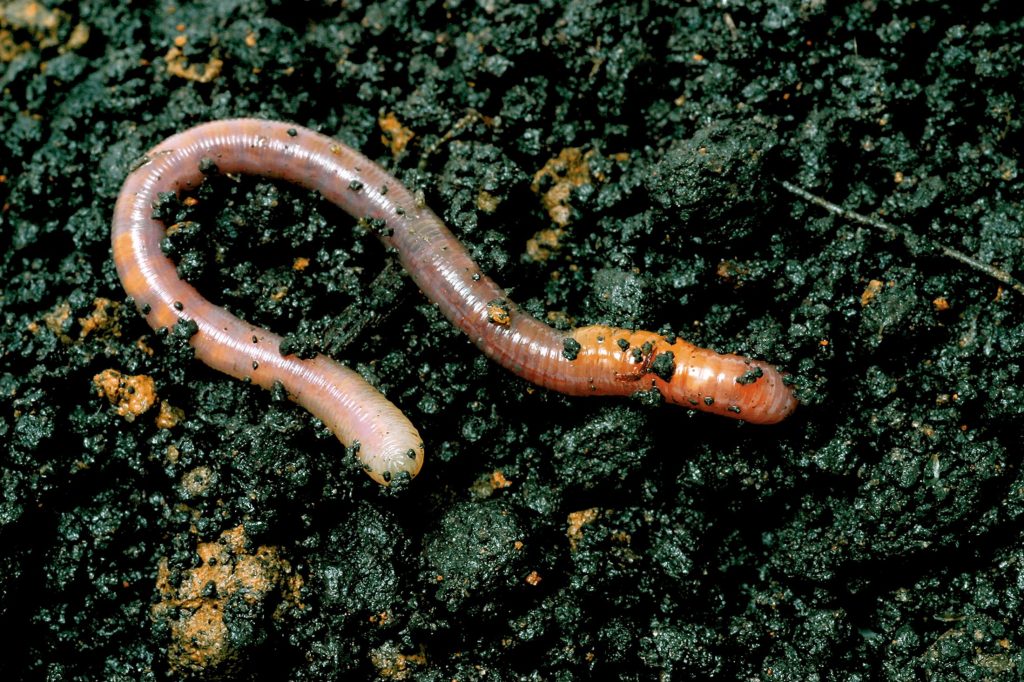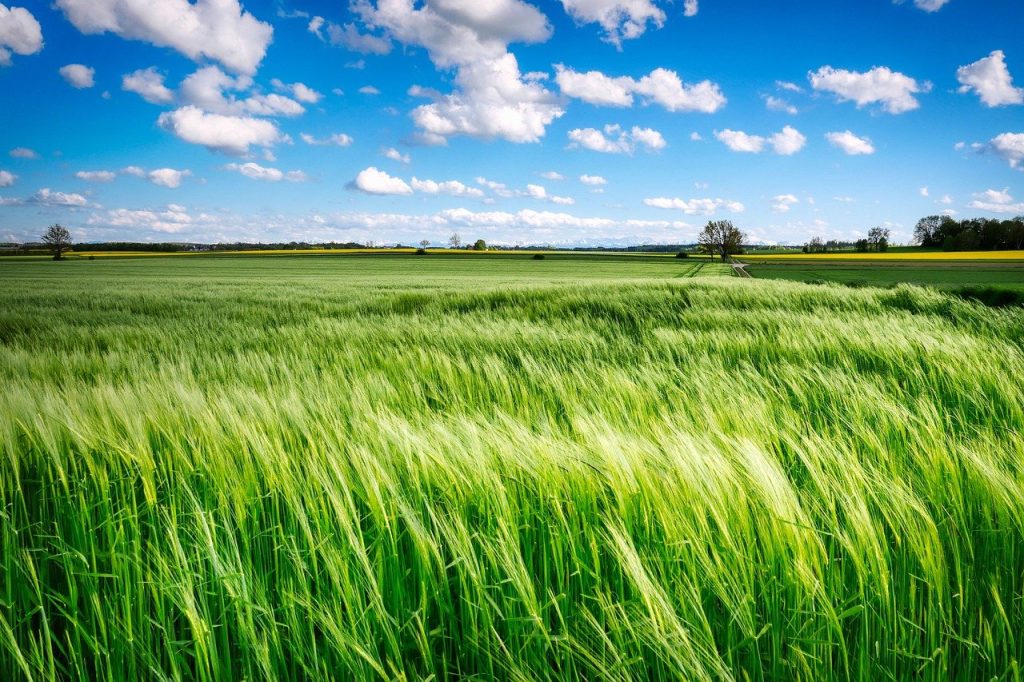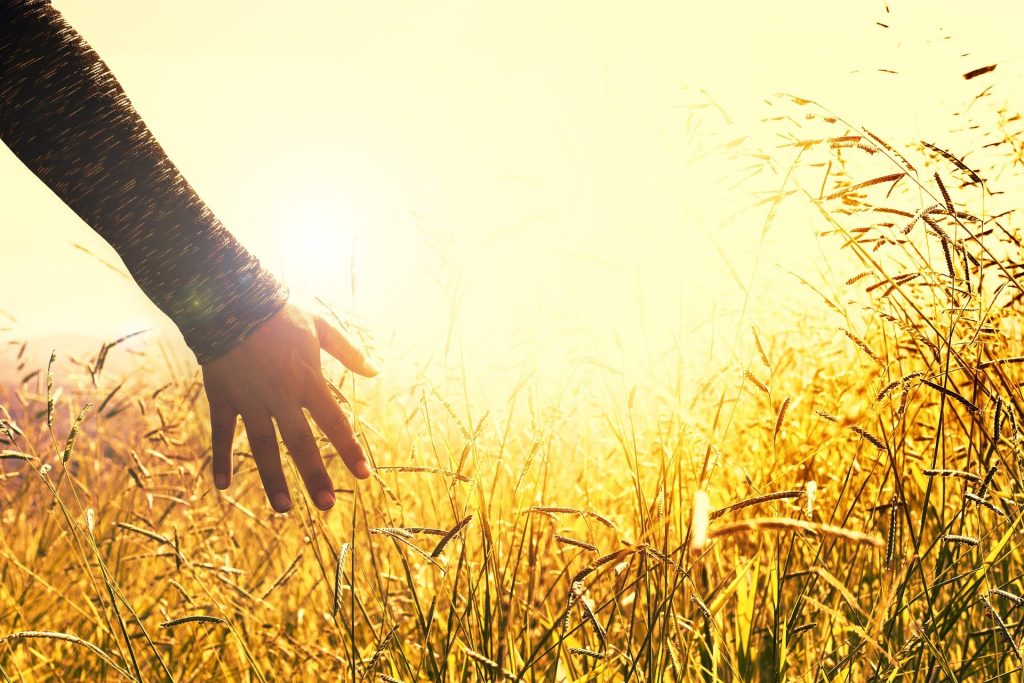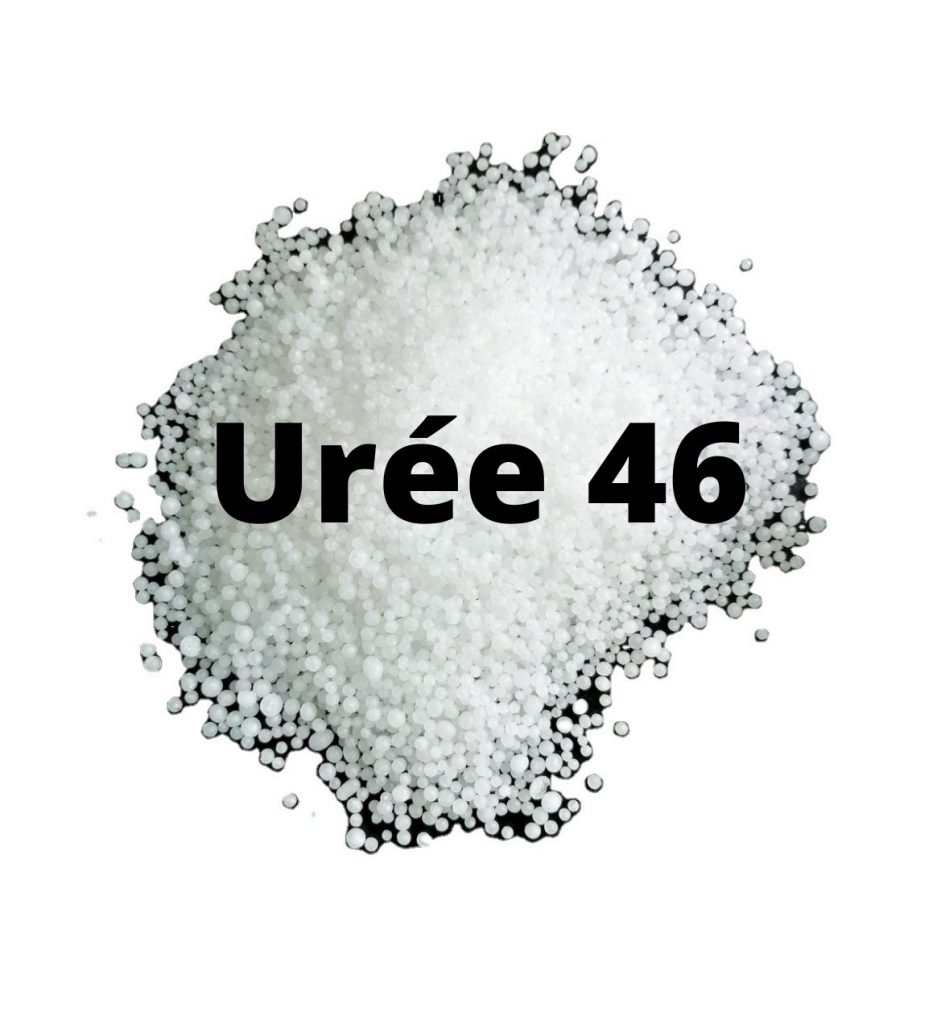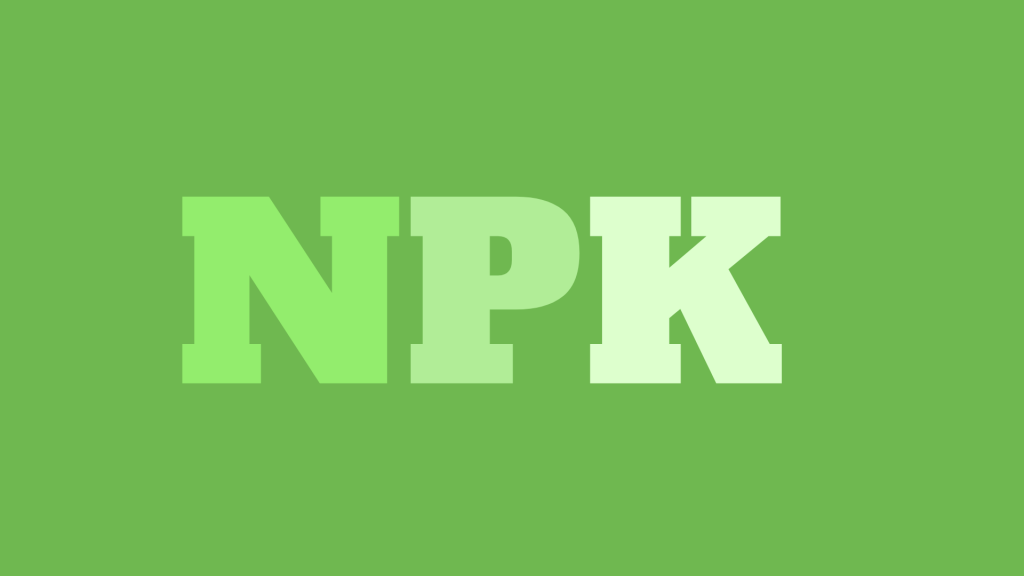Associate Bacillus with a supply of Silicon: benefits
Why is it interesting to associate Bacillus with a supply of Silicon for cultivated plants? The association between bacteria of the genus Bacillus and a supply of silicon can be beneficial for cultivated plants for several reasons. First of all, silicon is an important element for the growth of plants, as it strengthens their immune […]
Associate Bacillus with a supply of Silicon: benefits Read More »




